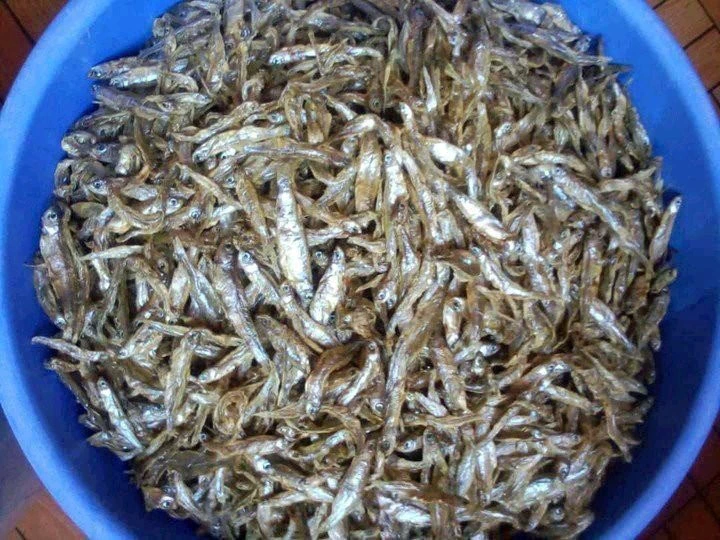The Silver Cyprinid (Rastrineobola argentea), commonly known as omena in Kenya, dagaa in Tanzania, and mukene in Uganda, is a small but highly nutritious fish found in Lake Victoria and other freshwater bodies in East Africa. Despite its small size, omena plays a significant role in both the local economy and nutrition, providing a rich source of protein for millions of people.
1. Nutritional Value of Omena
Omena is considered a superfood because it is packed with essential nutrients that contribute to good health. Some of the key benefits include:
High Protein Content – Omena is an excellent source of protein, which is essential for muscle growth, repair, and overall body function. This makes it an affordable alternative to meat and poultry.
Rich in Omega-3 Fatty Acids – These healthy fats are crucial for brain function, heart health, and reducing inflammation in the body.
High Calcium Levels – Since omena is consumed whole, including the bones, it provides calcium, which strengthens bones and teeth, reducing the risk of osteoporosis.
Packed with Micronutrients – Omena contains iron, zinc, magnesium, and vitamins B12 and D, which are essential for energy production, immune function, and overall well-being.
2. Economic and Cultural Importance
Omena is a vital part of the East African economy. Many fishermen depend on it for their livelihood, and its trade supports thousands of businesses, from fish processing to distribution. It is also an essential food in many households, especially in Kenya, Uganda, and Tanzania, where it is considered a staple.
3. How Omena is Prepared and Consumed
Omena is versatile and can be prepared in different ways, including:
Fried with onions, tomatoes, and spices – One of the most popular methods, often served with ugali and vegetables.
Sun-dried and ground into powder – Used as an ingredient in baby food, animal feed, or porridge.
Boiled in stews – Some people cook it in soups for added flavor and nutrition.
4. Challenges in Omena Consumption
Despite its benefits, some people avoid omena due to its strong smell or because they consider it a poor man’s food. Additionally, improper drying and storage can lead to contamination with aflatoxins or harmful bacteria, making food safety an important issue. However, with proper handling and preparation, omena remains a safe and highly beneficial food.
Conclusion
Omena is more than just a small fish—it is a nutritional powerhouse, an economic asset, and a cultural staple in East Africa. Whether you eat it for its health benefits or as an affordable protein source, adding omena to your diet can significantly improve overall nutrition. With growing awareness of its importance, omena continues to be a valuable resource for both households and businesses in the region.
